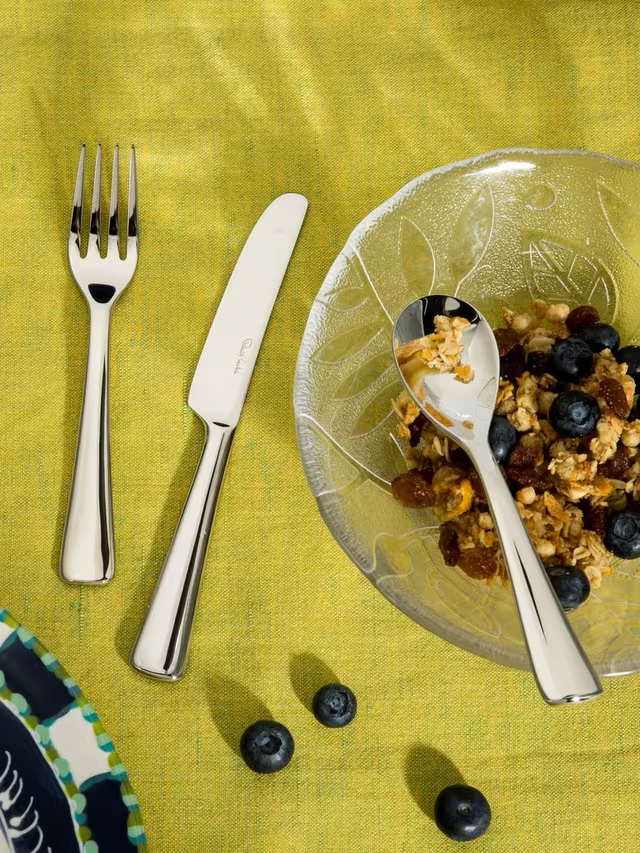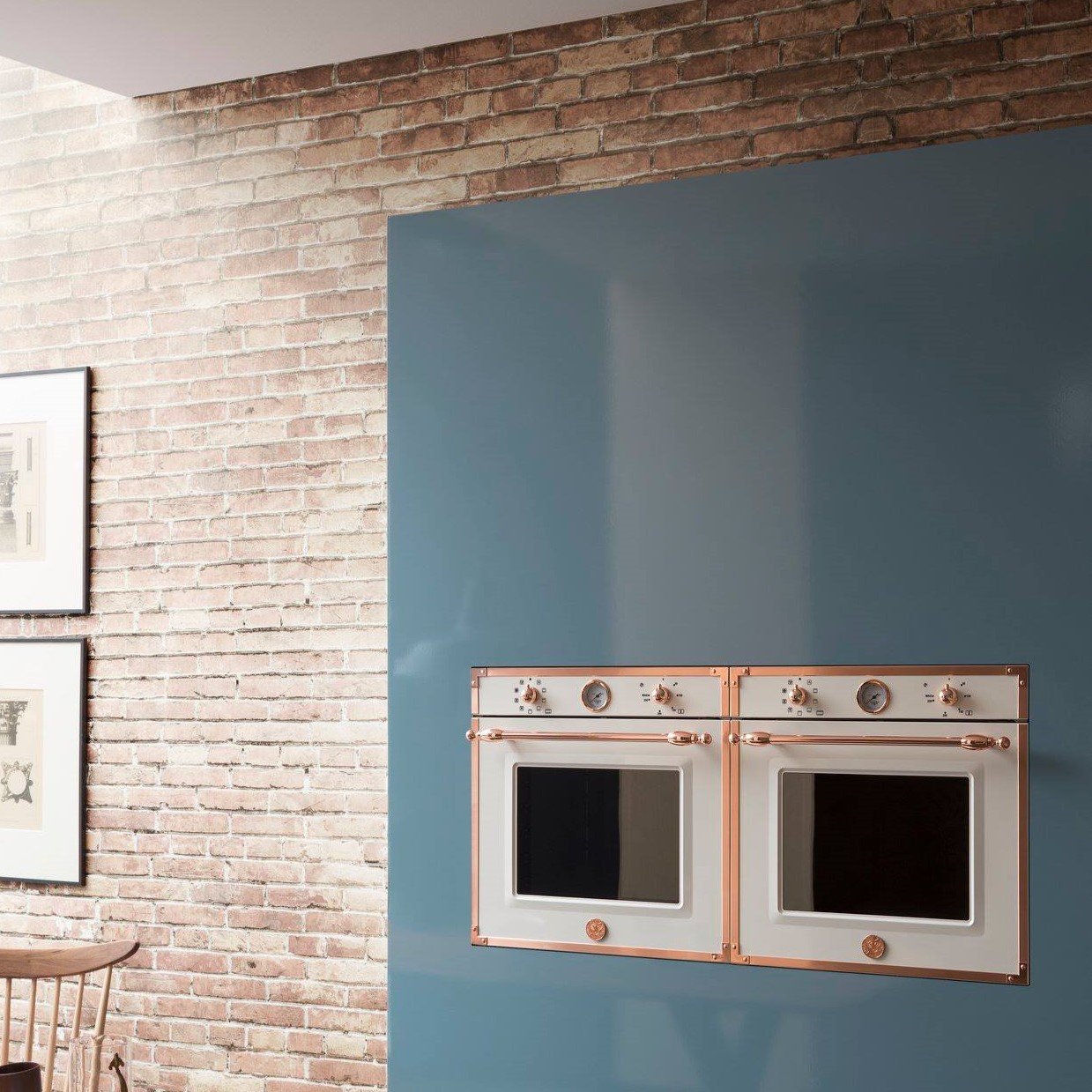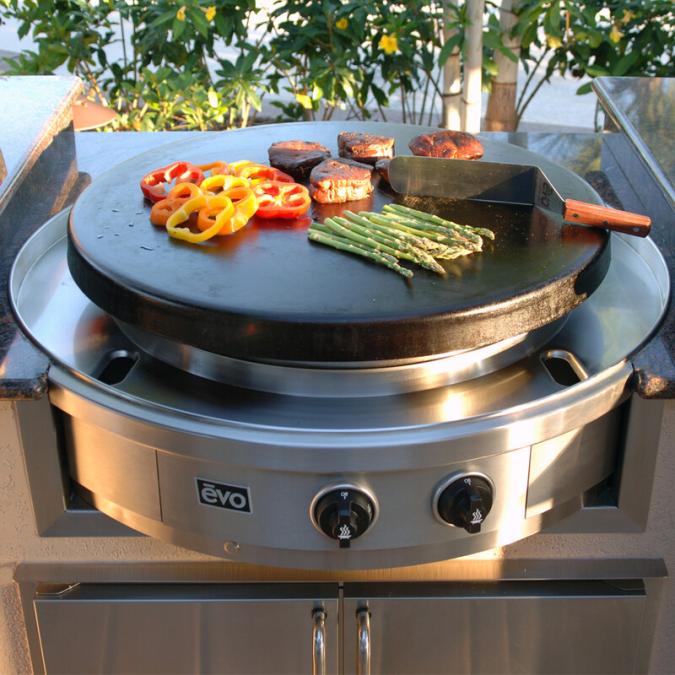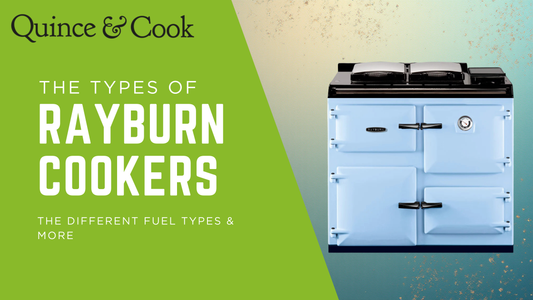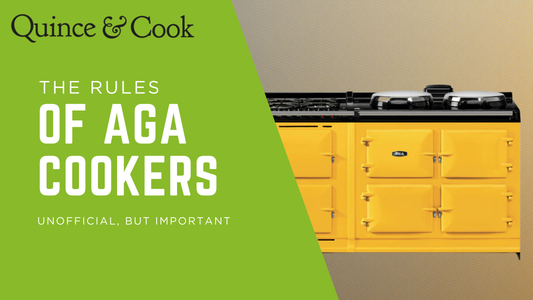Do Modern AGAs Work Like Old Ones?

Many people remember a classic AGA as a warm, always ready cooker that created a steady background heat in the kitchen. Modern AGAs still use cast iron and radiant heat, but the way they operate has changed. The newer models are designed to offer the familiar AGA cooking experience with more control, faster heat up times and lower running costs.
At a Glance
| Feature | Traditional AGA | Modern AGA |
|---|---|---|
| Fuel type | Oil, gas, solid fuel | Electric only with dual fuel options available |
| Always on | Designed to remain on at all times | Can be left on or used in flexible modes depending on model |
| Heat up time | Several hours from cold | Much shorter heat up times on newer electric versions |
| Controllability | Very limited adjustment | Independent oven and hotplate control is available |
| Kitchen warmth | High background heat that warms the room | Still provides warmth, although many models offer lower heat output options |
| Typical running style | Continuous running for cooking and background heat | Flexible running patterns with the option to use only what is needed |

Fuel Types and How They Changed
Traditional AGAs were heat storage cookers with a single burner or firebox that heated the entire cast iron body. This heat was then held and released slowly. Modern AGAs now rely mainly on electric systems. These systems heat ovens and hotplates individually and allow switching them on and off as needed.
| Aspect | Older Models | Newer Models |
|---|---|---|
| Fuel sources | Oil, gas or solid fuel | Electric models are standard, gas still available in some ranges |
| Flue requirement | Most required a flue | Electric versions do not require a flue |
| Heat generation | One central burner heated the entire cooker | Individual electric elements heat specific ovens and hotplates |
| Energy use pattern | Constant fuel use to maintain storage temperature | Energy used only for the parts of the cooker that are turned on |
Heat Up Times and Daily Use
Older AGAs took many hours to reach full temperature from cold. This was part of their design as heat storage cookers. Modern models offer faster heat up times and more flexible usage.
| Feature | Classic Heat Storage | Modern Electric or Controlled |
|---|---|---|
| Heat up speed | Several hours | From minutes to a few hours depending on the oven or hotplate |
| Daily usage style | Left fully on at all times | Can be left on or run in timed or on demand settings |
| Flexibility | Whole cooker was hot at once | Individual heat control for ovens and hotplates |
| Residual heat | Strong heat retention that warmed the whole kitchen | Cast iron still holds warmth, but models can run cooler when preferred |
Kitchen Heat and Comfort
Classic AGAs contributed a significant amount of warmth to the kitchen. Modern AGAs still offer comforting radiant heat, although many versions allow lower heat settings or part time running so the cooker does not warm the room as intensely during warmer months.
| Topic | Older AGA | Modern AGA |
|---|---|---|
| Background heat | High and constant | Present, but adjustable depending on model and settings |
| Seasonal comfort | Ideal for cooler homes | More suitable for a range of home types due to better control |
| Effect on heating | Often reduced the need for other heating sources | Can still contribute warmth, although heat output can be lowered |
Reliability and Maintenance
The cast iron build is still a hallmark of every AGA. The newer electric systems simplify maintenance compared to older oil and gas burners, although electronics may need attention over the life of the cooker.
| Area | Classic Models | Modern Electric Models |
|---|---|---|
| Servicing needs | Regular burner and flue servicing | Less frequent servicing, mainly focused on electrical components |
| Main components | Burners, flue systems and thermostats | Heating elements, controls and timers |
| Durability | Cast iron lasts for decades | Cast iron lasts for decades, with replaceable electronic parts |
Cooking Experience
The familiar AGA cooking style remains consistent across both old and new models. Radiant heat from cast iron still produces even, reliable results. Modern cookers simply add more control.
| Cooking Aspect | Traditional AGA | Modern AGA |
|---|---|---|
| Cast iron radiant heat | Yes | Yes |
| Oven temperature zones | Fixed zones for roasting, baking and simmering | Selectable or independently controlled ovens depending on model |
| Hotplate use | Boiling plate and simmering plate always hot | Hotplates can be turned on individually |
| Cooking consistency | Very steady once fully hot | Steady with added control and faster availability |
Summary
Modern AGAs keep the core elements that made the classic AGA so popular. The cast iron construction, the radiant heat and the distinctive cooking style remain the same. The major changes involve flexibility, energy use and control. Newer models heat up faster, allow individual operation of ovens and hotplates and give owners the option to run the cooker in ways that suit different seasons and lifestyles.





